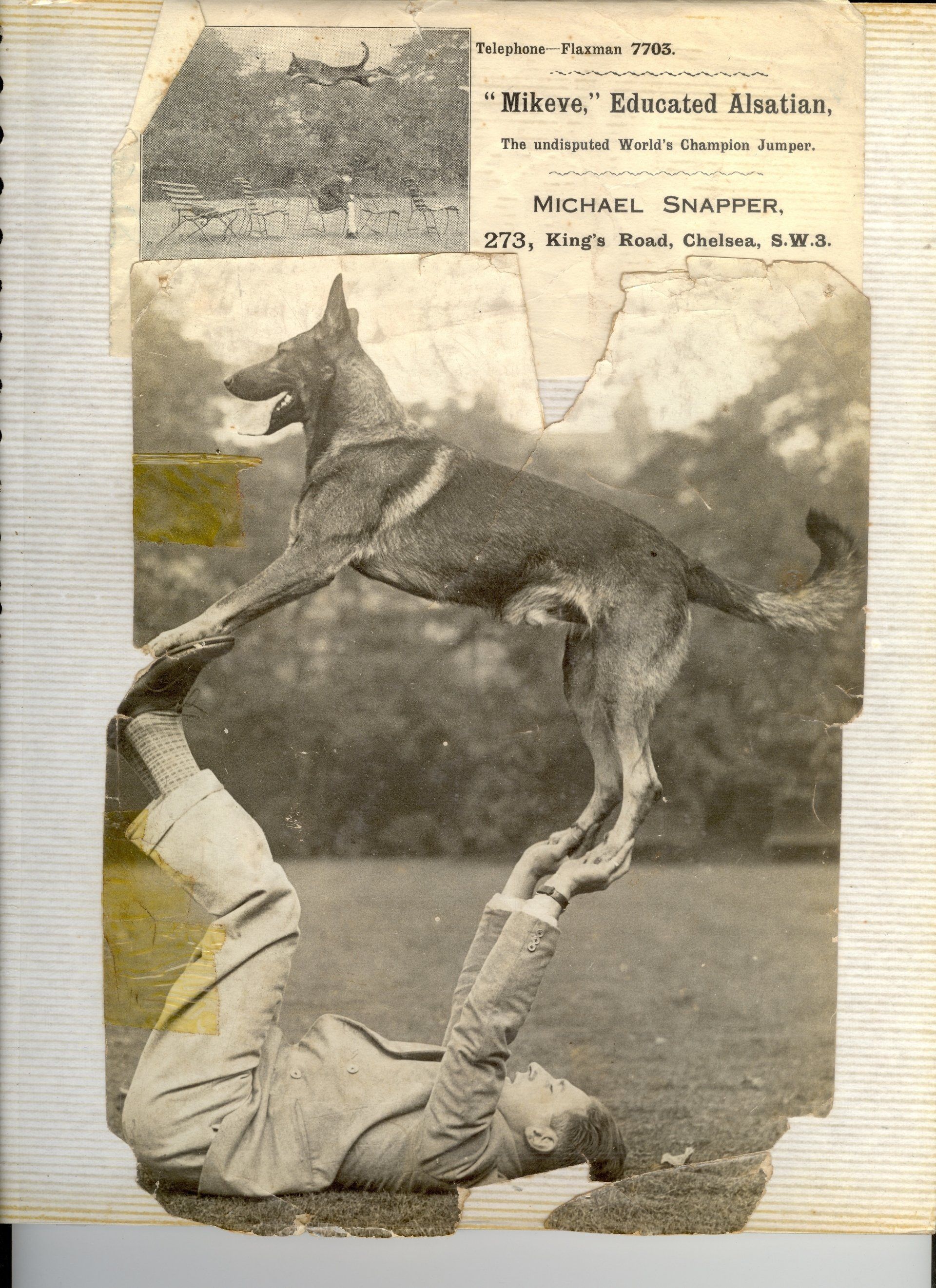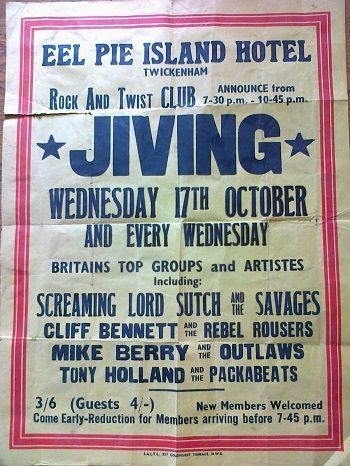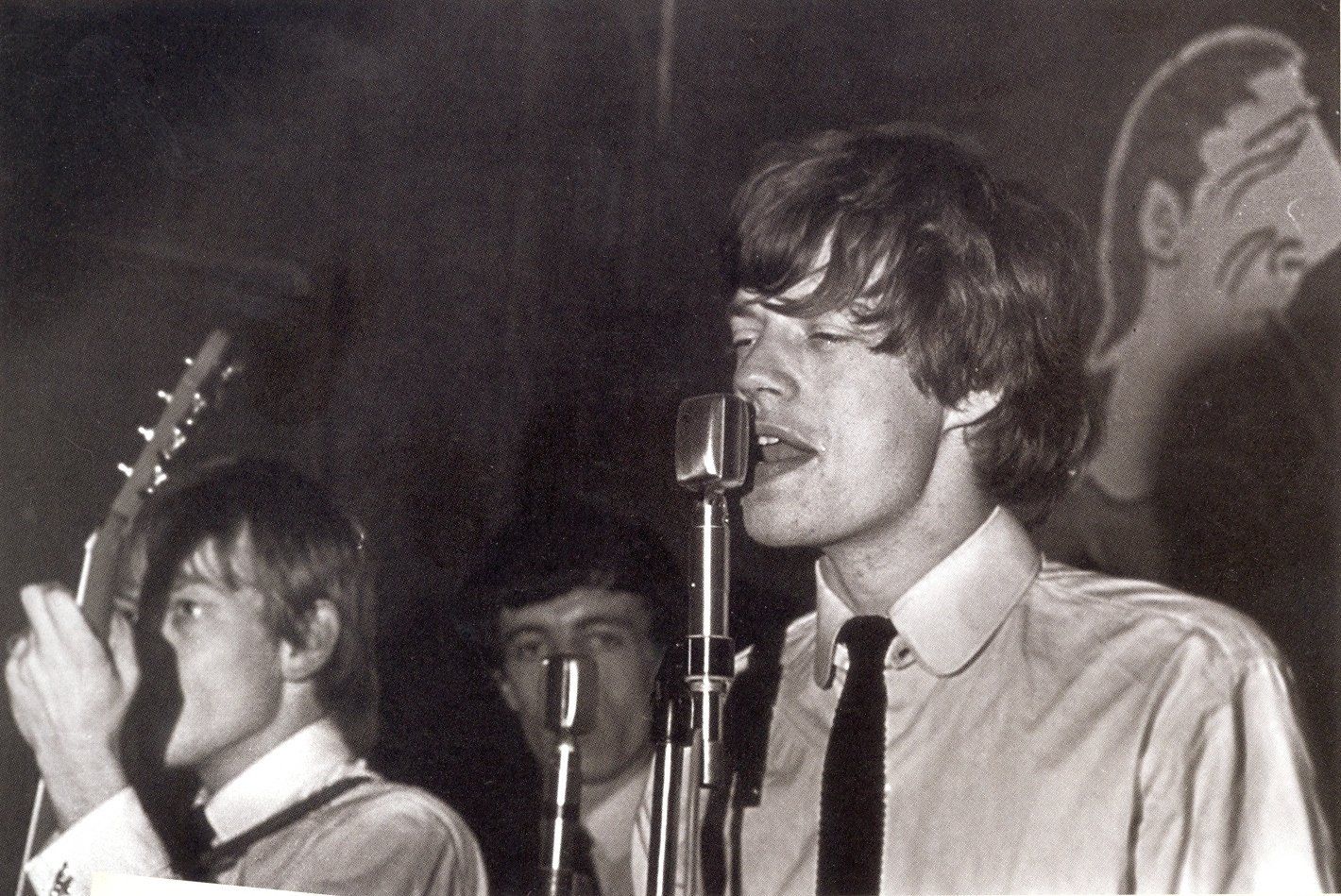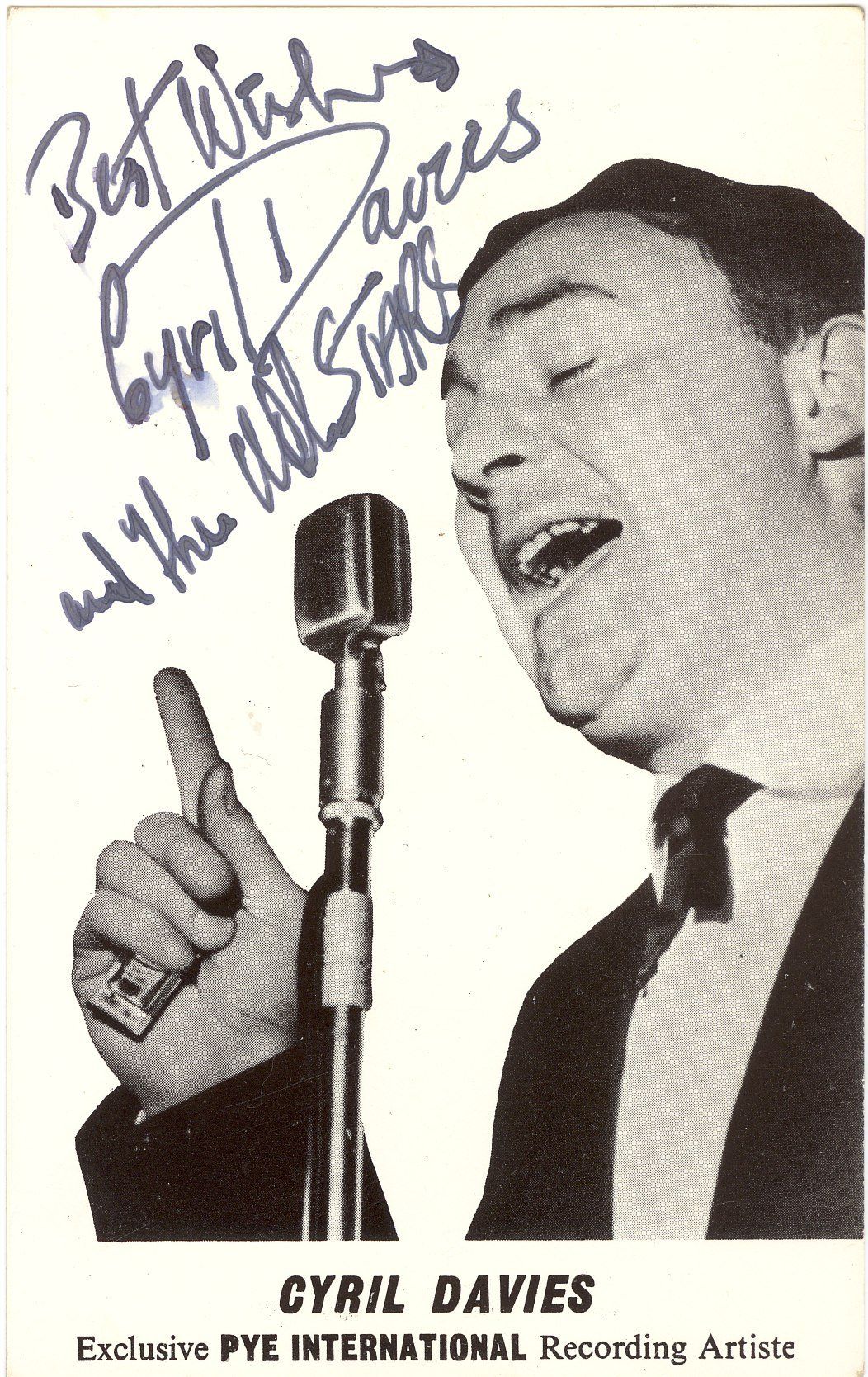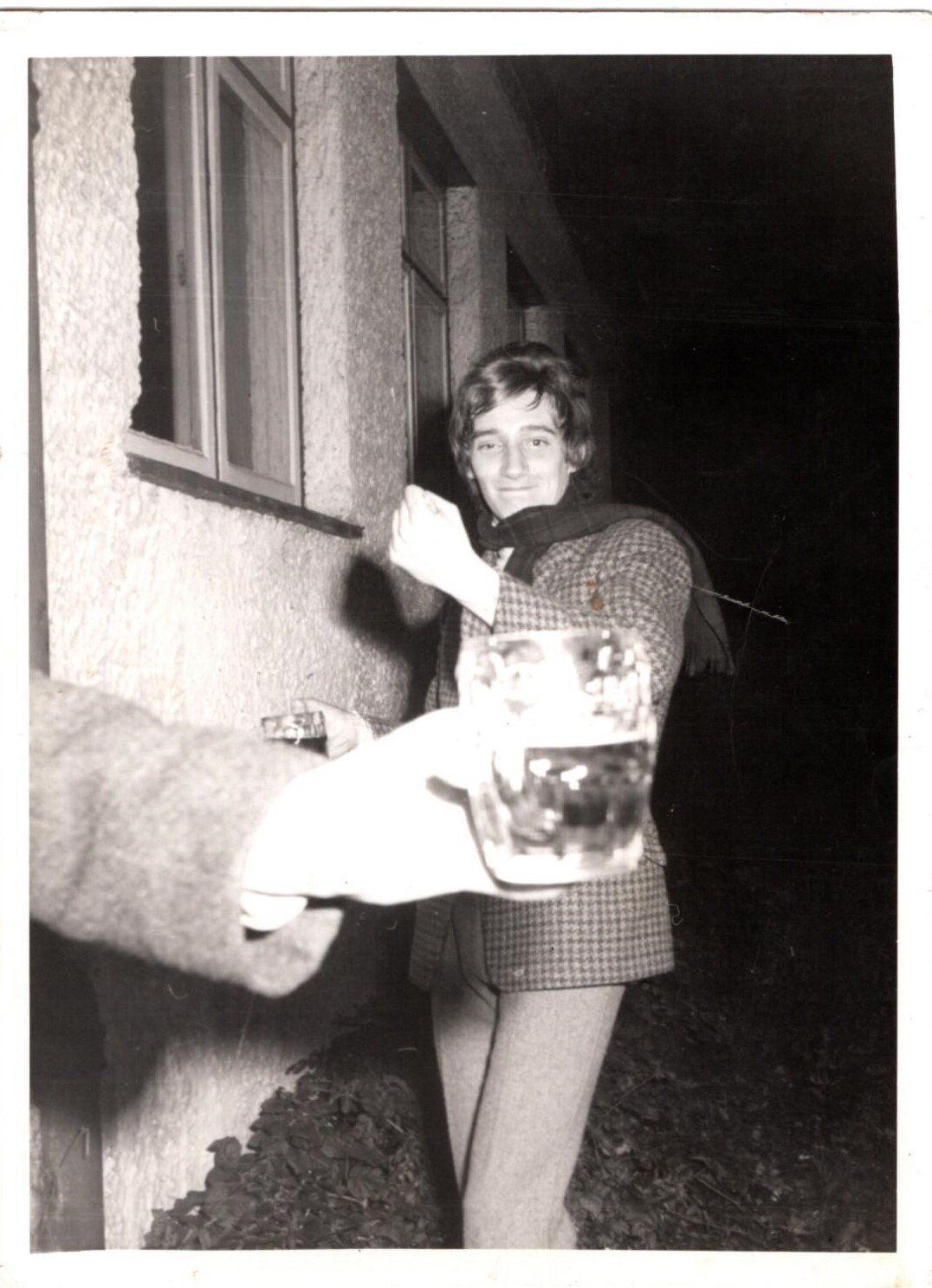The Story Behind Eel Pie Island's Music Heritage
Eel Pie Island became a hotspot for thousands of youngsters in the 50s and 60s.
Feared by parents as a den of iniquity and forbidden to many, this only encouraged them across the Twickenham Thames to revel in new-found teenage abandon and lap up the revolutionary sounds provided by like-minded musicians.
‘Eel Pie Island changed my way of looking at life. An alternative way, different, and very enjoyable!’
Annie Nightingale
Opened in 1830, the Eel Pie Island Hotel was once a thriving destination for day-trippers, even warranting mention by Charles Dickens in ‘Nicholas Nickleby’. The ballroom built in 1898 alongside the Hotel, offered ‘Tea Dances’ with classical and, later on, big band style music to the nimble-footed crowds spinning across its famous sprung dancefloor.
By the time entrepreneur and entertainer, Michael Snapper, purchased the hotel in 1951 those glory days were long gone, so when local trumpeter Brian Rutland came looking for gig venue in early ‘56 Snapper readily agreed. Bringing a ready-made crowd along with their upbeat sounds, the Grove Jazz Band heralded a huge revival of the island’s popularity.
Rutland’s time at the helm was short-lived; Within weeks Arthur Chisnall, who worked for Snapper in his Kingston Antiques Emporium, had taken over. A self-styled social worker who sought to study ‘trend-formers’ in mid-50s Britain, he had noticed the number of students snapping up the Jazz records in his shop. Reasoning that Trad Jazz was a crucial ingredient in these teenagers’ make-up, he saw the Eel Pie Hotel as the perfect venue to further his studies and set up his ‘social experiment’. After a couple of months of informal get togethers the Eel Pie Jazz Club was legitimised, introducing memberships and entrance fees. ‘EELPILAND’ was born, with Ken Colyer’s band playing the first official gig on the 10th August 1956.
‘Word spread fast on the teenage grapevine. Within a very short space of time there were hundreds of art students, beat-niks, jazz buffs and plain old pleasure seekers who, having discovered Eel Pie Island, never really went away for the next eleven years!’ Arthur Chisnall
The subsequent success of the club presumably helped persuade Michael Snapper to finance the construction of a footbridge, replacing the old chain-link ferry, which up to that point had been the only, and sometimes precarious, means of access. The ‘Grand Opening’ of the bridge on 9th February 1957 culminated in a performance by Cy Laurie in the club.
All the big names in the world of British Trad Jazz performed on Eel Pie Island; As well as the aforementioned Ken Colyer, Acker Bilk, Kenny Ball, Sandy Brown, Terry Lightfoot, Alex Welsh and many others became regular features at the club. During 1957, there was a short-lived foray into Folk music, but by-and-large, it was Trad Jazz that ruled the roost.
October 1962 saw a nod to prevailing tastes, when a ‘Rock and Twist’ night was promoted, on a previously unused Wednesday, with a bill including Screaming Lord Sutch and Cliff Bennett and The Rebel Rousers. This marked a shift away from the Trad Jazz nature of the club, and R&B bands began to appear on two out of the three club nights.
An unusually quiet April Sunday in 1963 prompted Chisnall and his doorman, Stan Piper, to go in search of their missing clientele. They discovered The Rolling Stones packing them in at The Railway Hotel in nearby Richmond, resulting in a five-month Eel Pie residency for the band. Their last island gig in September that year was proof that they were well on their way to superstardom - ‘The hall and grounds were solid and there were queues over the bridge. The whole bloody island was overflowing’ Arthur Chisnall
Cyril Davies, who along with Alexis Korner, was reckoned to be a ‘Godfather of British Blues’ was a key performer, as well as helping the nascent Yardbirds establish themselves by using them as a support group. Upon Davies’ untimely death in January 1964, Cyril Davies All Stars vocalist, Long John Baldry, took leadership, renamed the band The Hoochie Coochie Men, and honoured a pre-contracted island gig. That same night, a young Rod Stewart was recruited, following the famous encounter at Twickenham Station when Baldry heard a ‘raspy voice coming from a bundle of rags with a nose sticking out.’
‘Eel Pie Island was a fantastically exciting destination and the place that I really began to understand the power of rhythm and blues, when it’s done right.’
Rod Stewart
During 1964, David Bowie, then still Davie Jones, played with The Manish Boys on a number of occasions, while Jeff Beck was featuring in The Tridents’ line-up. Many venerable US bluesmen, such as Howlin’ Wolf, John Lee Hooker, Memphis Slim, Champion Jack Dupree, Little Walter, Jesse Fuller, and the young Buddy Guy on his first European tour, played to eager island audiences.
A number of Soul/R&B acts appeared from 1965 onwards, usually fronted by black ex-US servicemen like Herbie Goins, Geno Washington, Ronnie Jones and John L Watson. Rod Stewart returned with Long John Baldry, Julie Driscoll and Brian Auger, in ‘super-group’ Steampacket.
Whilst the Artwoods, featuring Ronnie Woods’ elder brother Art and a pre–Deep Purple Jon Lord, racked up a record number of appearances, John Mayall’s Bluesbreakers were also serial offenders, showcasing Mayall’s astonishing series of lead guitarists, with one of them, Eric Clapton, returning in an early Cream gig in August 1966. A year later, Pink Floyd were bamboozling punters with both their music and light show, exemplifying the wind of change blowing through music in 1967, along with proponents of the UK Blues Boom, like Ten Years After, Chicken Shack and Savoy Brown.
‘It was a fantastic place, but I do remember the trouble we had trying to haul John Mayall’s Hammond across that bridge!’
Eric Clapton
Although the club had been immensely successful, little money had been ploughed into upkeep of the building, and due, amongst other things, to the dilapidated state of the ballroom, the club’s licence was revoked in 1967. With Arthur Chisnall facing unachievable costs for renovation, his only option was to leave. He continued with the social activities he’d always pursued, such as helping people to further their education, establishing some of the first adventure playgrounds, and a healthy involvement in the BIT Information Service, all now from home, rather than the island.
Following some superficial repairs and a lick of paint, the ballroom reopened in June 1968 as a venue for sporadic concerts for the likes of The Nice, The Crazy World of Arthur Brown, Joe Cocker, and a Who gig where somewhat surprised punters were given a preview of the ‘rock opera’ Tommy.
After a brief interlude as home of the Richmond Arts Workshop, with Grenville Sheringham booking an early incarnation of Hawkwind, regular gigs returned in autumn 1969, when Caldwell Smythe established Colonel Barefoot’s Rock Garden. Twice weekly new ‘progressive’ bands held court, with the ballroom timbers shaking to the volume of Deep Purple, Free, Mott The Hoople and Black Sabbath, and witnessing the experimentation of early Genesis and Van Der Graaf Generator. However, in the face of local authority pressure, and the presence of a commune occupying the degenerating hotel, Smythe walked away and years of ground-breaking music ended with a final gig by Quintessence on November 21st 1970.
With planning permission for redevelopment already in place, the Eel Pie Island Hotel met its sad end in March 1971, burning down in questionable circumstances, to be replaced with housing. As a venue, it had outlived its contemporaneous rivals such as The Ealing Club, The Cellar Club in Kingston, and the Attic/Zambezi/Ricky Tick clubs in Hounslow, as well as those further afield like Liverpool’s Cavern, and was firmly etched into the hearts and memories of countless punters and musicians.
To many, ‘The Island’ was a life-changing part of their youth, as participants of the first youthquake, the revolutionary music, counter-culture, sense of discovery and freedom it offered was a magical catalytic mix of time and place.
‘It was just so special. Other gigs were just gigs, but the Island was something else. We took an almost corporate pride in playing there. You’d look out from the stage and that sprung floor would be rockin’. People would not just be piggy-backing, but double piggy-backing. It wouldn’t happen today – Health and Safety would close it down. But it did happen and thank god it did. We’re poorer for the fact that we’ll never have another Eel Pie Island.’
Derek Griffiths, Artwoods guitarist.
For a complete list of bands who played on the island please view the roll calls.
The current day Eel Pie Club was founded in 2000 by Gina Way, Warren Walters and Tom Nolan, putting on many acts who once appeared on the island.
One time member of the Eel Pie Hotel commune, Weed, has collected a wealth of memories, pictures and related links on his
website. It is well worth a visit if you’d like to take a bigger bite of the Pie!


